Ever tried to ignore a red, itchy patch on your skin, hoping it’ll vanish on its own? The stubborn truth: skin infections rarely go away without a little help, and most people only hunt for answers—like Candid B Lotion—when scratching turns awkward or the rash gets more obvious. Let’s be honest: fungal skin infections are super common. They love warmth, sweat, and humidity—something nearly everyone deals with at some point. So, you’re not alone if you’ve ever typed “red patch with itching” into your search bar and stumbled on Candid B Lotion. What actually makes this lotion a go-to solution in the first aid kit? It’s time to get clear on what’s inside, why it works, and what you should know before you reach for that bottle.
What Exactly is Candid B Lotion, and What’s Inside?
First things first, Candid B Lotion isn’t just ordinary skincare. It’s a blend meant for people fighting off severely annoying symptoms—major redness, burning, persistent itching, and tell-tale rashes that just don’t quit. The key players inside the bottle: clotrimazole and beclomethasone. Clotrimazole is an antifungal that messes with the cell membranes of fungi, basically busting them up from the inside so they can’t grow or spread. Beclomethasone brings the anti-inflammatory firepower, calming your skin and dialing down redness, swelling, and itching. This duo takes a two-pronged approach: eliminate the actual fungi and cool off your raging skin at the same time.
If you glance at the label, you’ll mostly see “clotrimazole 1% w/w and beclomethasone dipropionate 0.025% w/w.” Sounds tiny, right? But trust me, even these small doses pack a punch. In fact, studies have shown that using 1% clotrimazole creams or lotions can zap symptoms for more than 80% of people with common fungal skin issues like ringworm (tinea corporis), athlete’s foot (tinea pedis), and itchiness near creases (tinea cruris, aka jock itch).
Build-up of sweat, friction from tight clothes, and small cuts make skin a paradise for fungi. And let’s be real—most people get an infection at least once, especially if you love sports, work outdoors, or just have bad luck with body creases. The lotion is meant for external use only, and it’s not just adults—kids can use it too, but be careful and always check with your doctor. The anti-inflammatory part gives it a bit of an edge over single-ingredient antifungals by slamming down that urge to scratch.
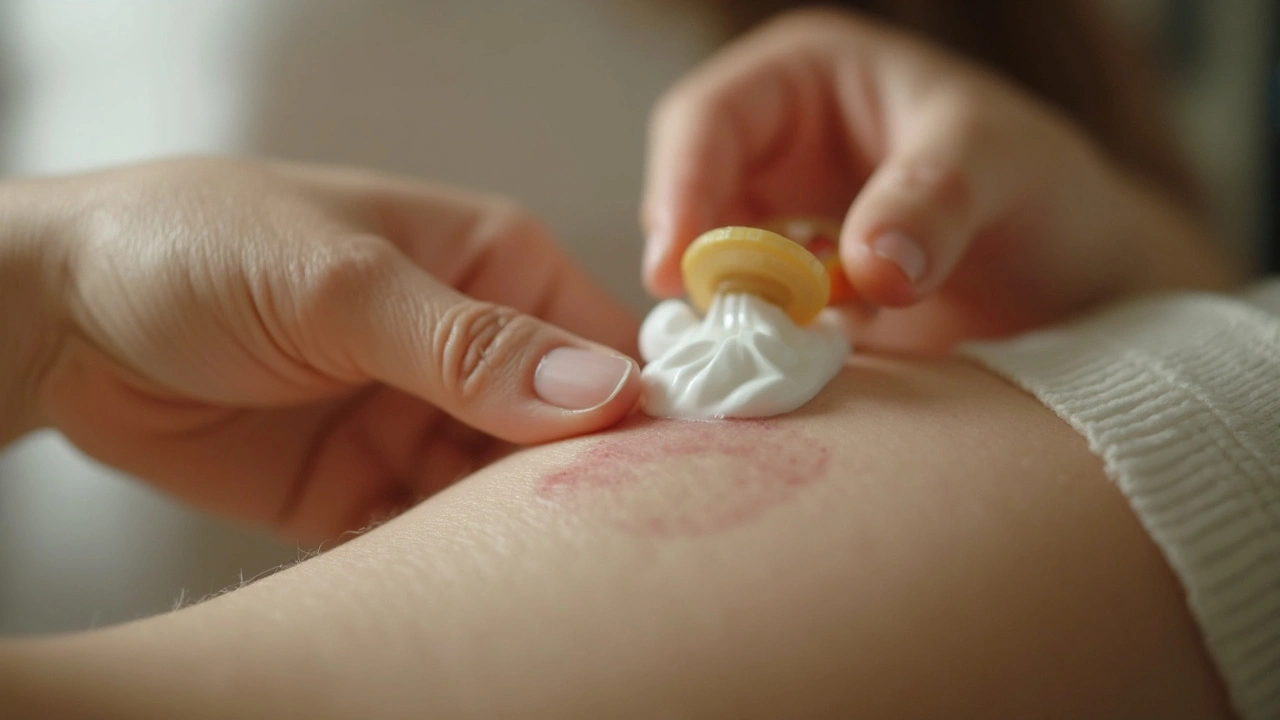
How to Use Candid B Lotion: Tips, Step-by-Step Guide, and Mistakes to Skip
Want to actually see results with Candid B Lotion? It’s not magic in a bottle—you’ve got to use it right. Here are the essentials. Start with Candid B Lotion on clean, dry skin. Wash the spot with mild soap, gently pat it dry (no fierce rubbing!), and then squeeze enough lotion to cover the area with a thin layer. Don’t glob it on or wrap it up tightly—skin needs to breathe as it heals. Massage it in softly, but don’t overdo it.
How often? Usually, twice daily does the trick—morning and night. Push through for at least two weeks even if the rash looks better after a few days. Why? Because fungi are sneaky. They hide, waiting to punch back if you get complacent and quit the routine too soon. Stopping the treatment too early is hands-down the number one mistake people make, leading to relapses.
Here’s how to get the most out of Candid B Lotion, step by step:
- Wash hands and the affected area with gentle soap
- Pat the skin completely dry with a soft towel
- Apply a small amount of lotion and spread evenly as a thin layer
- Do not cover the area with airtight dressings unless your doctor says so
- Wash your hands again (unless you’re treating hands!)
- Use twice a day, stick to your schedule
Also, watch out for things that make infections worse—sharing towels, wearing tight, non-breathable clothing, or skipping showers after workouts.
| Common Fungal Infections | Main Symptoms | Typical Duration with Candid B Lotion |
|---|---|---|
| Ringworm (Tinea Corporis) | Red, scaly, ring-shaped rash, itchy | 2-4 weeks |
| Jock Itch (Tinea Cruris) | Itching in groin, red patches, flaking | 2-3 weeks |
| Athlete’s Foot (Tinea Pedis) | Scaling, cracked skin, burning on feet | 2-4 weeks |
Here’s a tip: if symptoms stick around, get worse, or spread—especially if you see pus or a lot of swelling—pause and chat with your doctor. Self-treating serious infections is a hard no. And don’t use it around your eyes, inside your mouth or nose, or on broken skin. It’s for external, minor rashes—not deeper infections.
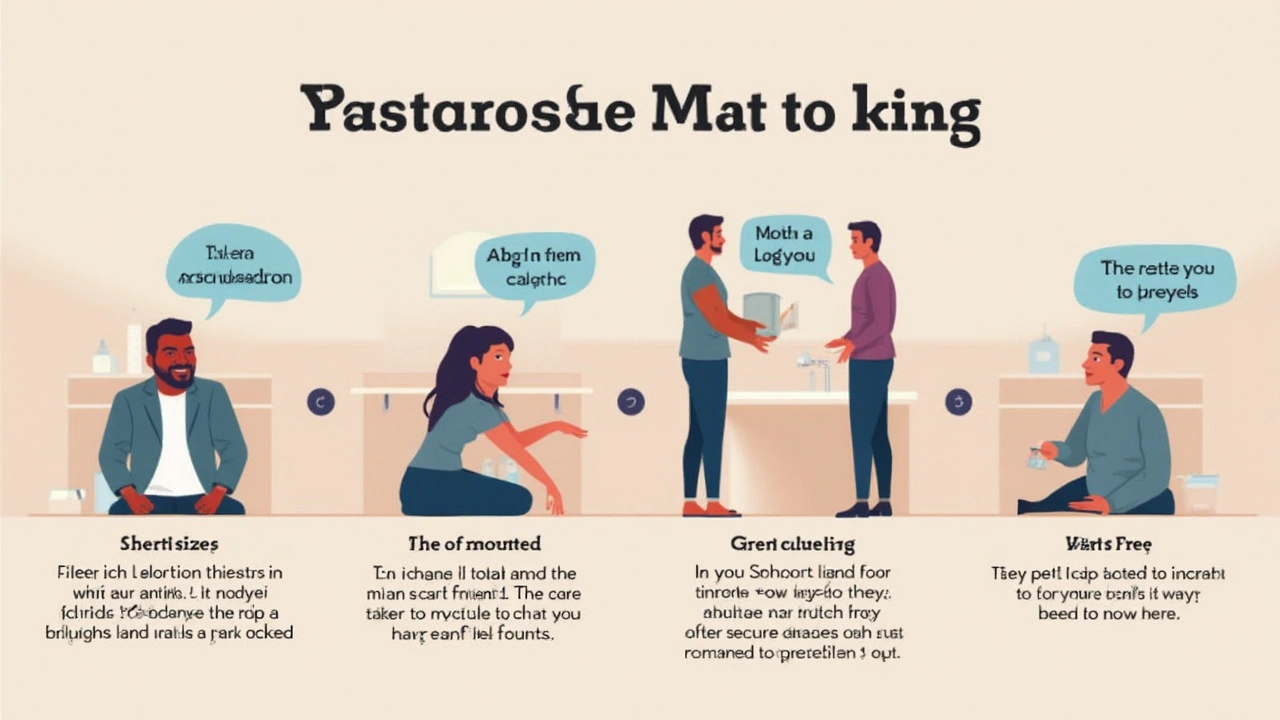
Warnings, Side Effects, and Insider Tips for Getting Clear Skin Fast
No product is perfect—even something as effective as Candid B Lotion. Most people use it without issues, but some might notice mild burning, stinging, or redness right after application. These usually go away quickly. Problems mostly show up if you overuse it, use it on broken skin, or slather it on large areas for way too long. Remember: the beclomethasone part is a steroid. Using it non-stop for months can thin your skin, cause tiny blood vessels to pop up (those little spider veins), or trigger irritation.
Don’t let pets or kids play with the bottle. Kids can use it, but only if a doctor says so. And if you’re pregnant, breastfeeding, or have a history of allergies to similar creams (especially antifungals or steroids), let your healthcare provider know first. Here’s a fun fact: although Candid B Lotion is common in places like India and Southeast Asia, it isn’t sold everywhere worldwide—some countries offer different brands or only single-ingredient creams. Always check that what you’re buying is legit and within its expiry date.
If you want faster, smoother results, couple Candid B Lotion with lifestyle tweaks. Wear cotton clothes, skip the harsh fabric softeners, and never reuse sweaty towels. After a workout, shower as soon as you can, and dry those moist skin folds—armpits, groin, under breasts—really well. Swap out socks daily, and pick breathable shoes if feet are involved. Change your bedsheets and pillowcases often to avoid re-exposing skin to fungi or bacteria.
Here’s another practical tip: Never mix steroid-antifungal lotions like this with other medicated ointments unless your doctor is in the loop. Mixing the wrong stuff can make things worse, erase the benefits, or spark allergies. And don’t forget—if the tube or bottle’s been open for months, toss it. Fresh medication is always safer.
If you’re unsure whether your rash is really fungal, pause. Eczema, psoriasis, and some bacterial infections can look similar to ringworm or athlete’s foot. But using Candid B Lotion on the wrong skin issue can delay a real fix. When in doubt, a dermatologist check is quicker than guessing games. And if you spot symptoms that refuse to budge, or if you have diabetes (which makes infections trickier), get medical advice rather than winging it.
Long story short: Candid B Lotion is great for knocking down mild to moderate fungal rashes with a hefty itch. Respect the directions, keep your routine tight, and you’ll almost always come out itch-free. But once you beat one infection, don’t get cocky. Keep those hygiene habits up—the fungi aren’t gone forever, and your skin will thank you for being a little extra careful.
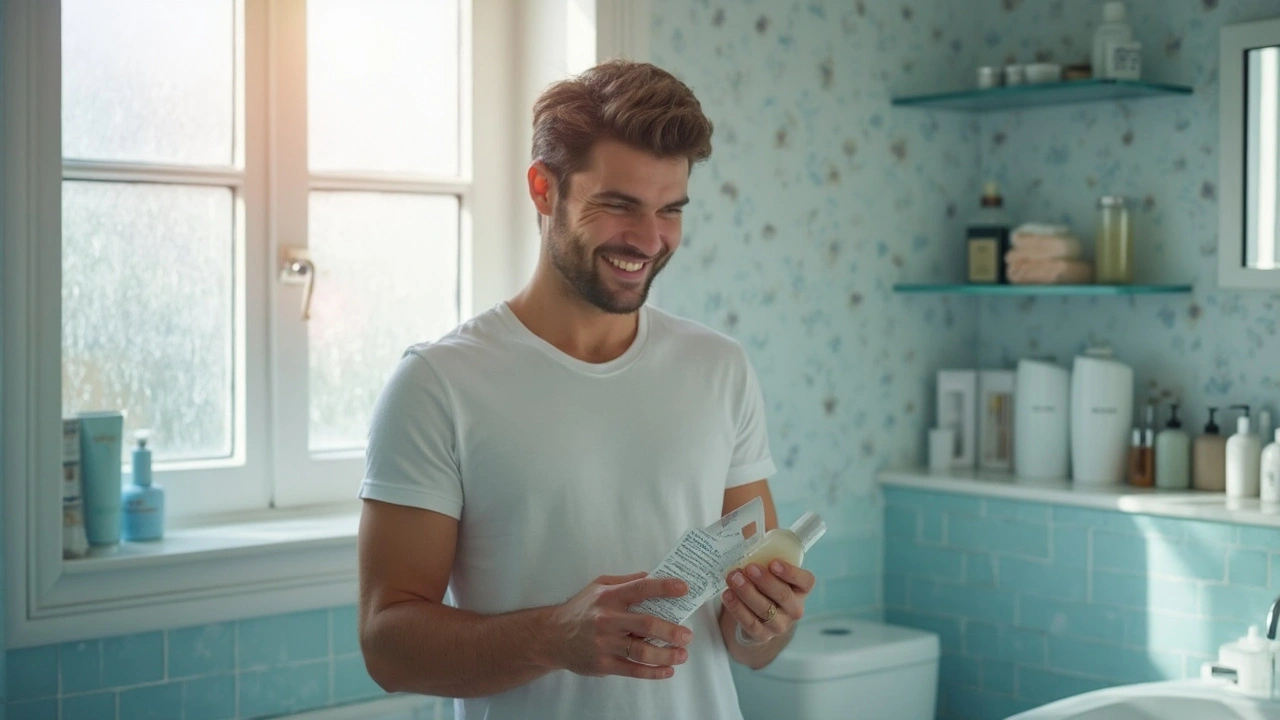
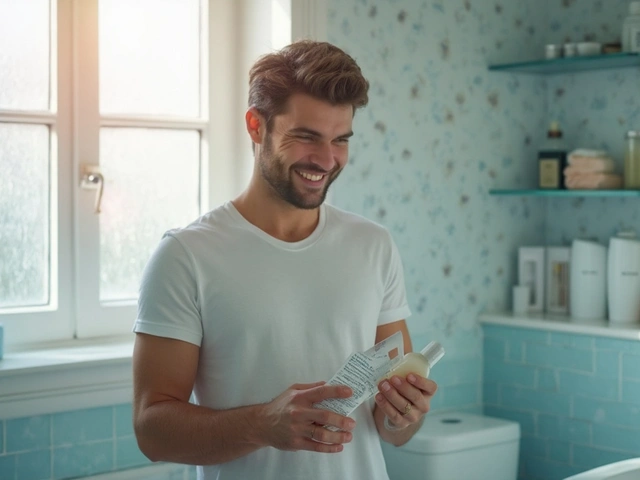


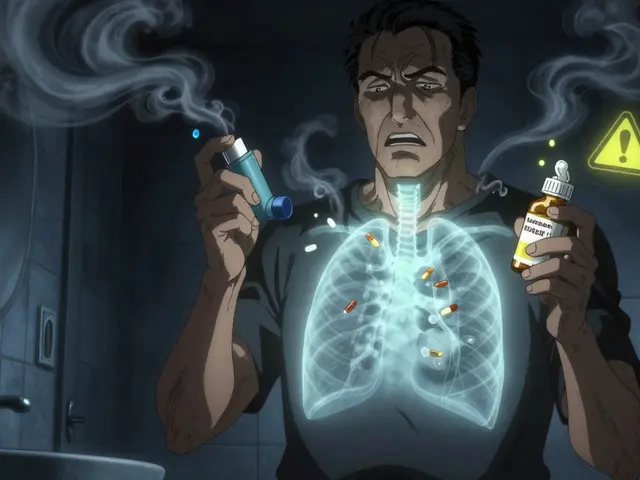

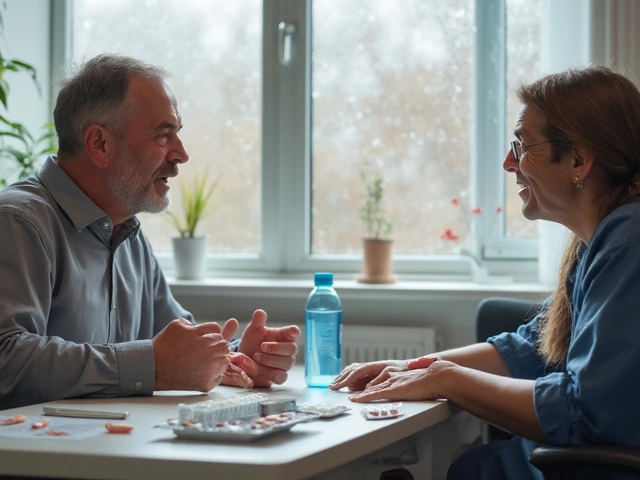

Suresh Pothuri July 17, 2025
Look, I have to say this right off the bat — using Candid B Lotion is actually very straightforward. But I can't stand when people neglect proper skin hygiene and then complain the medicine doesn't work. You have to be rigorous, absolutely rigorous here.
Candid B is effective, but only if used exactly as directed. Clean the affected area thoroughly, pat dry, and apply a thin layer. No exaggeration, no slathering it on like some miracle cream.
Also, for those who might want to know, it's a combination of Clotrimazole and Beclomethasone dipropionate, which means it's antifungal with anti-inflammatory properties. That combo's important because fungal infections cause redness and irritation, which the steroid component helps reduce.
It's the best treatment if you follow the rules, but expect nothing less than discipline from yourself. Don't half-ass it or stop when you see improvement — the fungi can easily rebound.
Lastly, remember to wash your clothes, towels, and bedding regularly. This lotion isn't a magic bullet; your lifestyle and hygiene must muscle alongside. Got it? Good.
Millsaps Mcquiston July 18, 2025
I appreciate the detailed explanation in this post. From my experience, fungal skin infections can be stubborn, and knowing exactly how to use products like Candid B Lotion can make a big difference.
It's reassuring to hear that it's a dual-action formula — antifungal and anti-inflammatory. That probably explains why people feel relief from itching pretty quickly.
That said, I've always been cautious about steroid creams because of potential side effects. The article doesn't mention risks or duration of use. Does anyone have experience with long-term use of this lotion?
Overall, a good read. I think clear and practical tips help people avoid misuse and get the best result.
michael klinger July 20, 2025
I can't help but wonder if this lotion is really as safe as they say. The pharmaceutical industry isn't exactly trustworthy, and often they hide side effects.
Clotrimazole is fine I suppose, but the steroid part — Beclomethasone dipropionate — that's cause for concern. Steroids can thin skin, suppress immune responses, and cause rebound effects. How many are aware of that?
This post glosses over potential risks. Are we being sold a quick fix? What about people who get addicted to these steroid creams without knowing it?
I think more caution is needed. Natural remedies might be slower but safer.
Matt Laferty July 21, 2025
Adding to what has been mentioned, the key to success with Candid B Lotion, or any antifungal medication, indeed lies in adherence to the treatment plan. It's crucial not to discontinue treatment prematurely at the sight of initial improvements or to apply more than recommended, as Suresh noted.
Moreover, one must consider the hygienic environment contributing to fungal growth. Warmth, moisture, and occlusion can perpetuate infections. Therefore, beyond medication, wearing breathable fabrics, maintaining dryness, and avoiding shared towels help immensely.
I've seen patients transform with these combined measures. However, those using it without proper medical guidance often misuse it. The corticosteroid component, while relieving inflammation, can lead to skin thinning or exacerbation of infection if prolonged improperly.
This article's practical tips are beneficial, but I wish it included warnings regarding duration and side effects. Knowledge is empowerment, after all.
Genie Herron July 22, 2025
Ugh, fungal infections are the worst, not just because of the itching but because they seriously mess with your confidence. I had this rash that would not go away no matter what. Tried so many things, but nothing worked like Candid B.
What I love about this lotion is how quickly it chills down the itch and redness — relief that feels like a blessing when you're constantly scratching. In the past, I felt hopeless trying random home remedies.
Also, the step-by-step guide helped me stick to the routine. It's easy to forget to wash and dry properly but those little habits make all the difference.
I'm just grateful for a product that works and a guide that doesn't make you wonder what the heck to do next.
Danielle Spence July 23, 2025
Honestly, I think people underestimate the importance of following the instructions precisely. This isn't just any lotion you slap on willy-nilly. The antifungal fights the infection, yes, but the steroid part requires responsibility.
Too many think they can neglect the hygiene part and then expect miracles. It's irresponsible to not maintain cleanliness and dry skin, especially in areas prone to fungal growth.
This article is a good start, but I would also emphasize the moral obligation to take care of your body properly. It's also vital not to share towels or clothes, which is sadly common in some households and contributes to spreading fungal infections.
Take your health seriously, folks.
Dhanu Sharma July 24, 2025
Just wanted to add that besides the lotion, I find that lifestyle changes massively help prevent recurrence of fungal infections.
Things like avoiding tight synthetic clothing, patting the skin dry thoroughly after bathing (don’t rub), and using powders to keep skin dry really reduce fungal flare-ups.
This lotion is great but I think long-term success depends on how you support your skin environment. The medication clears it up, but the aftercare is equally important.
Also, if anyone has used this product and found it less effective, it might be worth consulting a doctor to rule out any resistant infections or alternative diagnoses.
Edward Webb July 24, 2025
I appreciate this discussion, folks. From a more philosophical viewpoint, we often seek quick fixes for conditions that reveal deeper lifestyle or environmental issues.
Fungal infections, while common and treatable, symbolize how our bodies react to neglect, be it hygiene, clothing choices, or health education.
Medication like Candid B is a tool, but your ultimate well-being depends on holistic care and awareness. The dual-action formula addresses symptoms and inflammation, which is smart pharmacology at work.
It’s encouraging to see users sharing personal experiences and realistic expectations here. This kind of dialogue empowers others to make informed choices.
Snehal Suhane July 25, 2025
Really, folks, can we talk about the spelling and grammar here?! This is a medical topic, and clarity matters. Also, any 'expert' who doesn't emphasize that steroid creams are not to be used lightly is doing a disservice.
I dare say if people followed instructions like a prescribed regimen from a medical professional — avoiding typos and misinformation — we might see better outcomes.
Also, anyone thinking this lotion is some magical ointment should reconsider their information sources. There are numerous resistant fungal strains out there.
Be smart, be skeptical, and please read carefully before applying any medication.
Ernie Rogers July 26, 2025
Interesting points raised here. Fungal infections shouldn’t be ignored, but at the same time, don’t rush to apply steroids without fully understanding them.
Lots of misinformation spreads especially on forums like these. While I support proper hygiene, sometimes simple antifungal creams alone without steroids are enough.
The post was helpful, but I think more balanced info would be better to avoid misuse. Education is key.
Eunice Suess July 26, 2025
I gotta say, this article kinda excites me because fungal infections suck. I once had it on my soles and it was persistent as hell.
Candid B worked like a charm but seriously, I wish there were more user stories here. Hearing exact timelines, side effects, or if anyone experienced any worsening conditions would be helpful too.
Also, punctuation is all over the place here, making reading a slight challenge, but the info is valuable nonetheless.
Overall, this lotion seems like a reliable solution if you’re consistent and cautious.
Matt Laferty July 27, 2025
@michael klinger, I understand your concerns about the steroid component. Absolutely valid. This corticosteroid, Beclomethasone, is a medium-potency steroid and should be used short-term as per guidelines. Prolonged use can indeed cause skin atrophy or worsen infections.
Therefore, it is paramount to limit treatment duration, typically 1-2 weeks, and avoid application on broken skin. The advantage is that it rapidly eases inflammation and itching, improving compliance.
Also, always consult healthcare professionals if unsure about usage duration. Education and responsible use are crucial to harness benefits and minimize adverse effects.
So yes, steroids need respect but combined with antifungals, they can effectively treat fungal skin infections when used correctly.